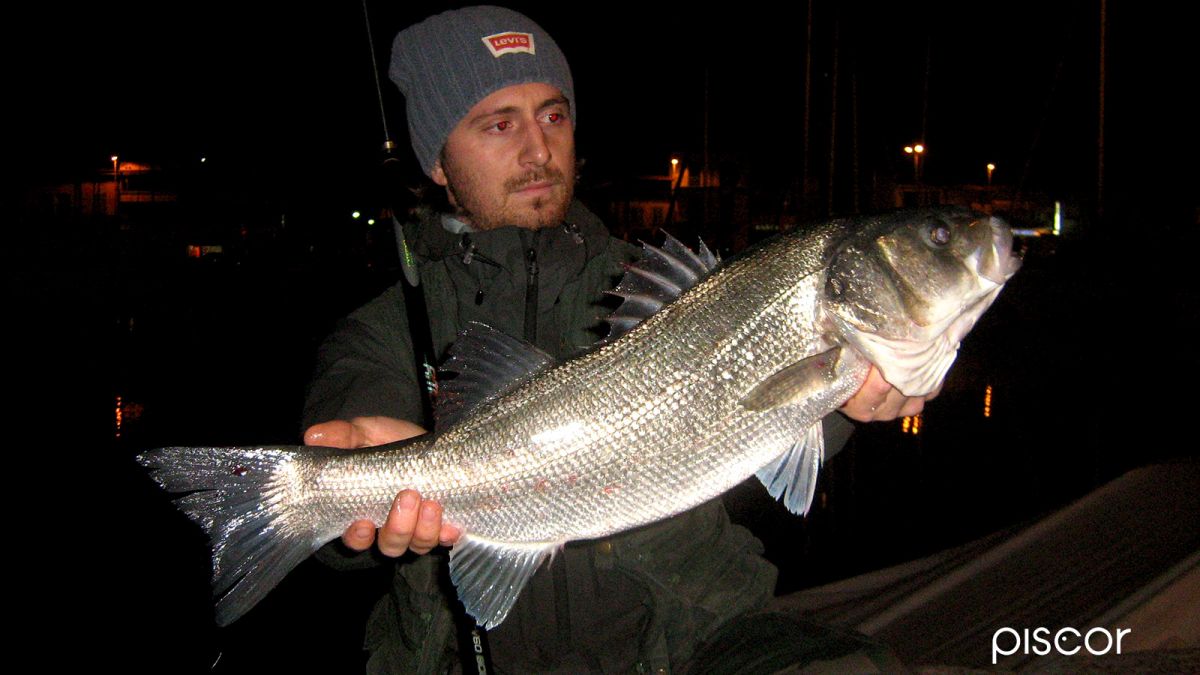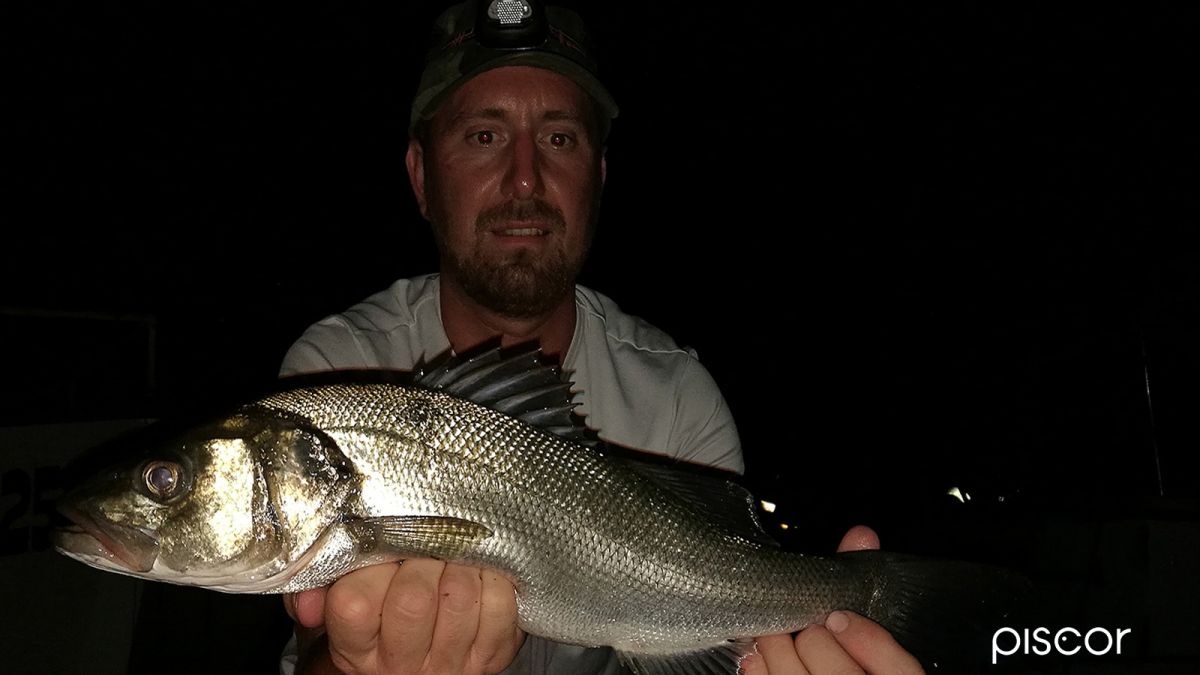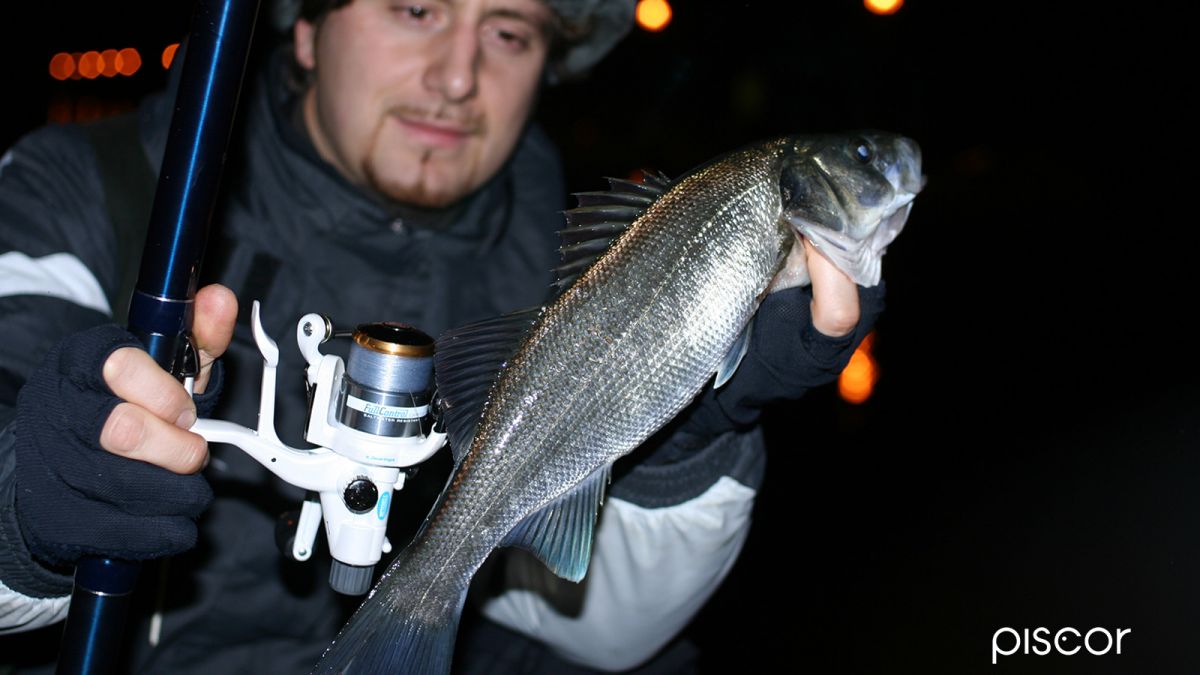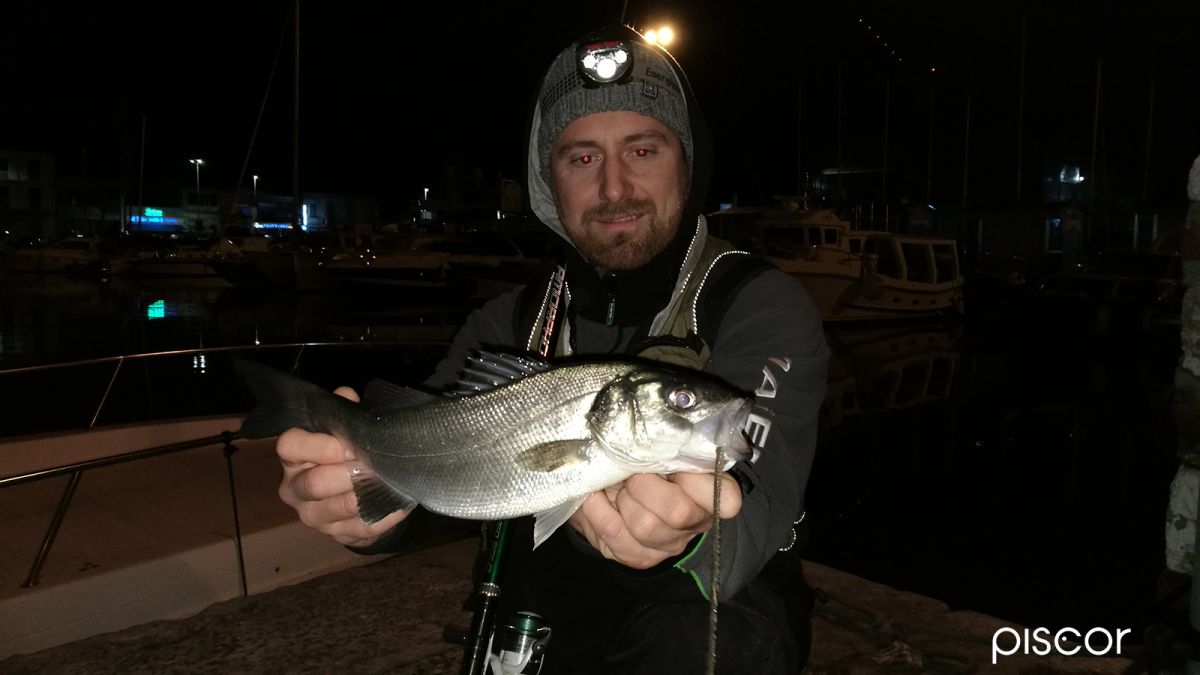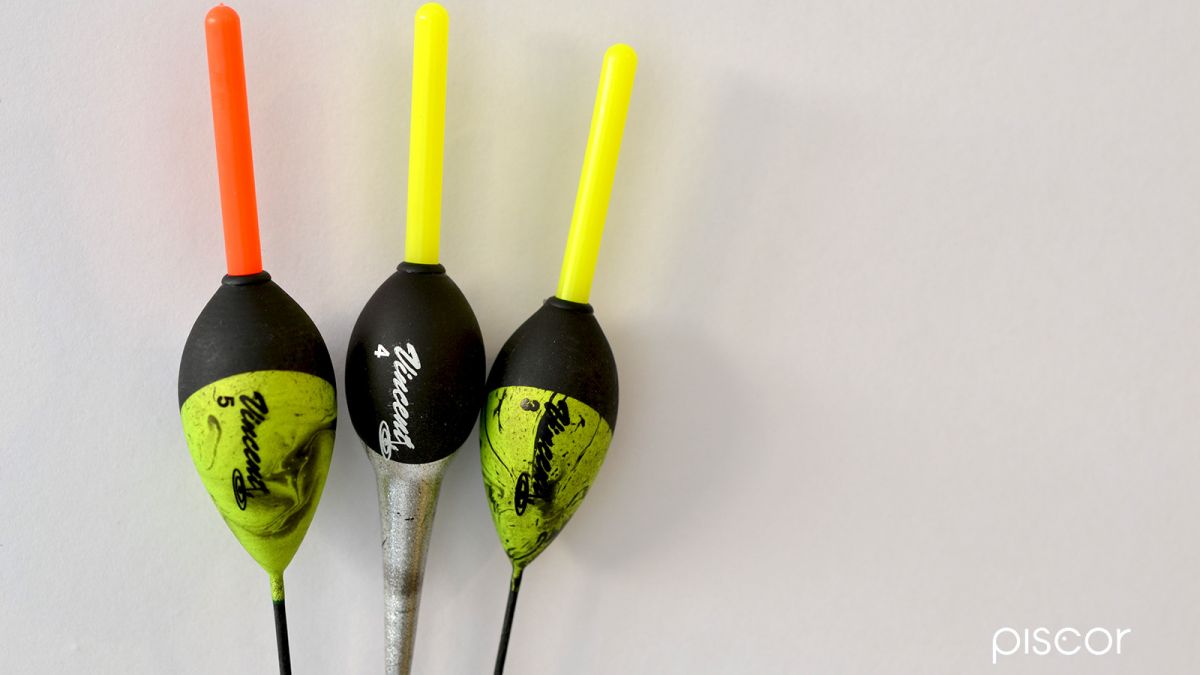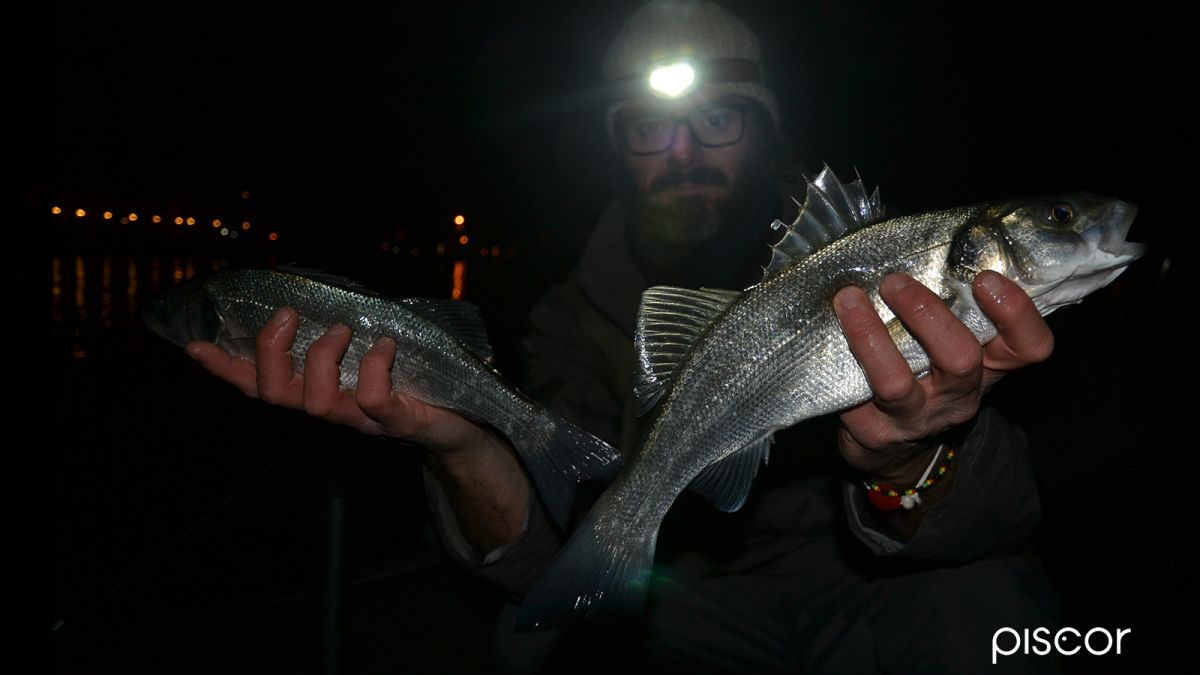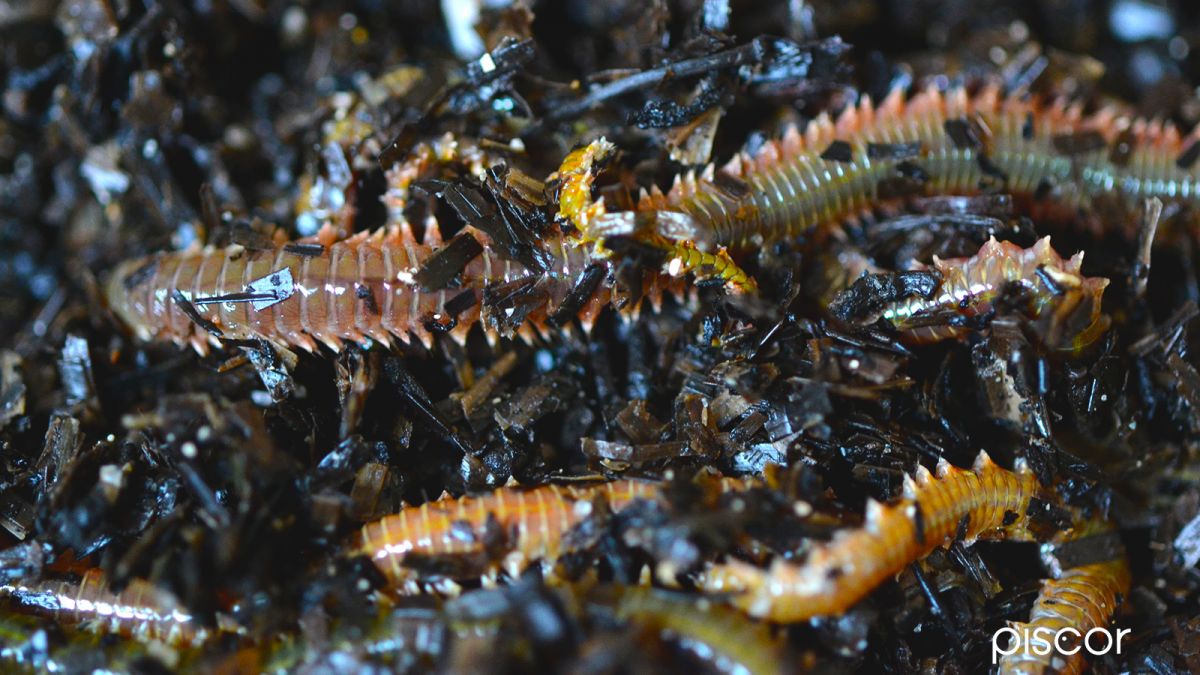Undoubtedly, the sea is something immense, a huge expanse of blue that is lost in sight of the eye, yet we want to undermine a single and well-defined species of fish, and moreover in a very difficult period as the winter. All we have to do is understand and identify the typical and characteristic habitats where the sea bass reigns supreme.
What are these habitats? And why? These are the questions we need to ask ourselves. We have to know that sea bass, unlike the vast majority of sea fish, is an euryhaline fish, that is, it is able to withstand considerable variations in the salinity of the water. This, combined with its marked eurythermia, or the ability to tolerate significant temperature changes, which can range between 2 and 32 ° C makes it a fish almost unique, which has earned him the nickname of "fish of the cold", precisely because of these strong typicality.
Therefore the brackish areas, that is all those in transition between fresh and salt water, are optimal sites for the search of this specific type of prey, here in fact only eel mullets and a few other species of forage fish can survive. We have therefore very narrowed the field of research, so the canal ports at the end of the waterways, as well as the natural mouths, are undoubtedly the best places.
It is not enough, however, to be sure of the presence of this predator, we must in fact be able to understand in these very specific environments where and how the sea bass enters into food activity, given and considered that the only way to get in touch with it, will be the bait that will cover our hook, and that therefore to achieve the much coveted capture we will have to put ourselves in a position to find our prey as well as possible willing to catch the trap.
The fishing technique that we will consider in this article always refers to fishing with bolo rod, but with some substantial differences, as there is no provision for any kind of baiting, it will be just us, a rod, a bait, and the canal.
For many fishermen, fishing with bolo technique is made up of an inseparable pair, bolo rod-maggot, or rather, a trinomial, bolo rod-maggot-baiting. For many of us, in fact, it is unthinkable to go on a fishing trip with bolo technique without baiting, there is a widespread belief that if we do not bait, we will not be able to attract and catch any fish, while experience has shown that in some cases and very specific situations this is not true at all.
Maggot fishing very often requires the search for slow waters, with very moderate current, in order to be able to fish on a more effective pasture, this also involves the use of thin wires and small hooks to accommodate small larvae. From a technical point of view, all this does not make a fold, but goes against one of the key principles that characterizes the sea bass. In fact, it is a predator, and we must never forget this, the best attacks against the forage fish are always carried out in the points of greatest current, where small mullets move with difficulty because their swimming apparatus does not allow them to swim agile in such harsh current conditions, so, despite the slower waters will be very difficult for them to escape the attack of this predator.
Leveraging on these key reasoning related to the biology and typicality of this species we have managed to develop a specific fishing technique to address and search for sea bass in brackish environments characterized by high current.
This type of fishing is so specific that it leads us to further narrow the fields and spots dedicated to its application. We will therefore exclude natural mouths and large canal, very dispersive, focusing our attention on environments similar to the previous ones, but much smaller in size. In canal ports and small natural mouths, we do not always have a homogeneous width of the riverbed, often, in fact, it happens that especially in the upstream sections, ie those furthest from the mouth, the size of the section of the canal are reduced significantly. The occurrence of this condition leads consequently to force the passage of a certain number of cubic meters of water per second in a smaller space, which leads to an inevitable increase in both speed and depth of water.
These points are to be considered as "obligatory passages" where the fish is forced to pass and park when they decide to enter the food activity, and it is here, therefore, that we will have to concentrate our efforts and apply the technique that we will now develop in more detail.
Only the essentials
To carry out this type of fishing, we will use a medium-rigid action bolo rod with a length of about six meters, to which we will combine a reel of 3000 size size loaded with a good nylon of 0.22mm. The weight of the float, which will be shaped like an inverted pear, will vary according to the current between four and eight grams, and consequently, also the weight of the lead torpille that we are going to use will be strictly dependent on the weight of the bite indicator.
We believe it is appropriate to use torpilles that are always two grams lighter than the weight of the float itself. For example, if we are going to use a five-gram float, the torpille to be inserted on the line must weigh three grams. The latter will be stopped on the main line by a rubber stopper, the classic " rice grain" used to stop the indicator when we fish with the sliding float.
Below it we will crush a shot lead of number five, two of the number six, two of the number seven and two of the number eight, this small shoulder will be more closed under the torpille, and will tend to open slightly as we approach the knot of the rig. Overall, it will be distributed over about sixty centimeters of the main line. At the last dot of the number eight there will be the junction between the main line and the rig,which will be a 0.20 cm long fluorocarbon, ending with a hook of the number six.
How to fish
The fishing action will consist in making long passes in the chosen stretch of canal, both under the quay and in the center. We will vary the pass lines cyclically, literally going to look for the fish, taking care, before starting to fish, to carefully probe the bottom of the stretch in question, remaining detached by a few centimeters.
If the bottom is not homogeneous, we will use an average bottom that will allow us to carry out a proper fishing action throughout the past. Regardless of whether you fish further downstream or further up the canal, being in brackish waters, the fishing action will not be able to ignore the movements of high or low tide. In fact, we have found, in the recent night fishing trips in the canal, that with the approaching of the low tide peak, the fish tends to enter into activity. At low tide the sea, in stable conditions, tends to "receive" more fresh water, this increases the strength of the canal, with a consequent increase in the current.
It has not been rare to find in these situations, that as the current increased, the "hunts" of sea bass increased more than proportionally at the expense of forage fish, in greater breathlessness during these phases because of the increase in turbulence of the current.
The exotic double
The main bait with this technique is undoubtedly the Korean worm. Thanks to its resistance to the hook, and its enormous vitality once triggered, it is the most performing bait during fishing in brackish waters.
The sea bass, in fact, is able to perceive thanks to its lateral line the vibrations emitted by this bait, and often tends to mistake it for a small eel, a type of bait strongly priming, but at the same time is notoriously prohibited, at least for what concerns the juvenile stages, which would have the ideal size to be triggered on the fishing apparatus in question.
That is why the Korean worm offers a valid alternative, allowing us to remain within the legality and rules that govern fishing in this type of water. The latter will be just pinned on the hook taking care to pierce the worm about an inch below the head, thus avoiding to kill it and consequently lose all its power to attract.

